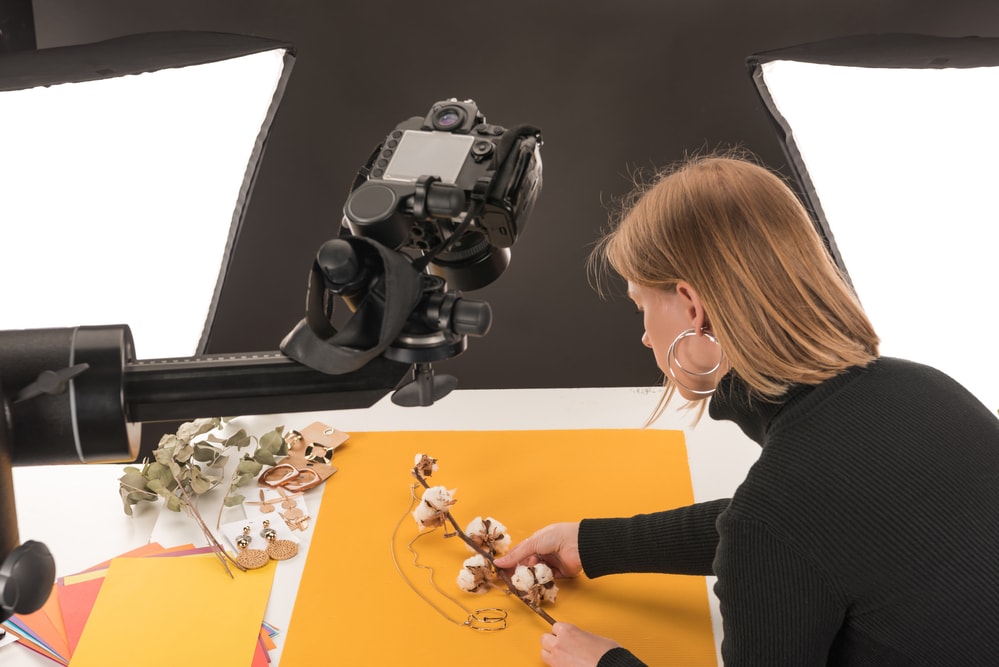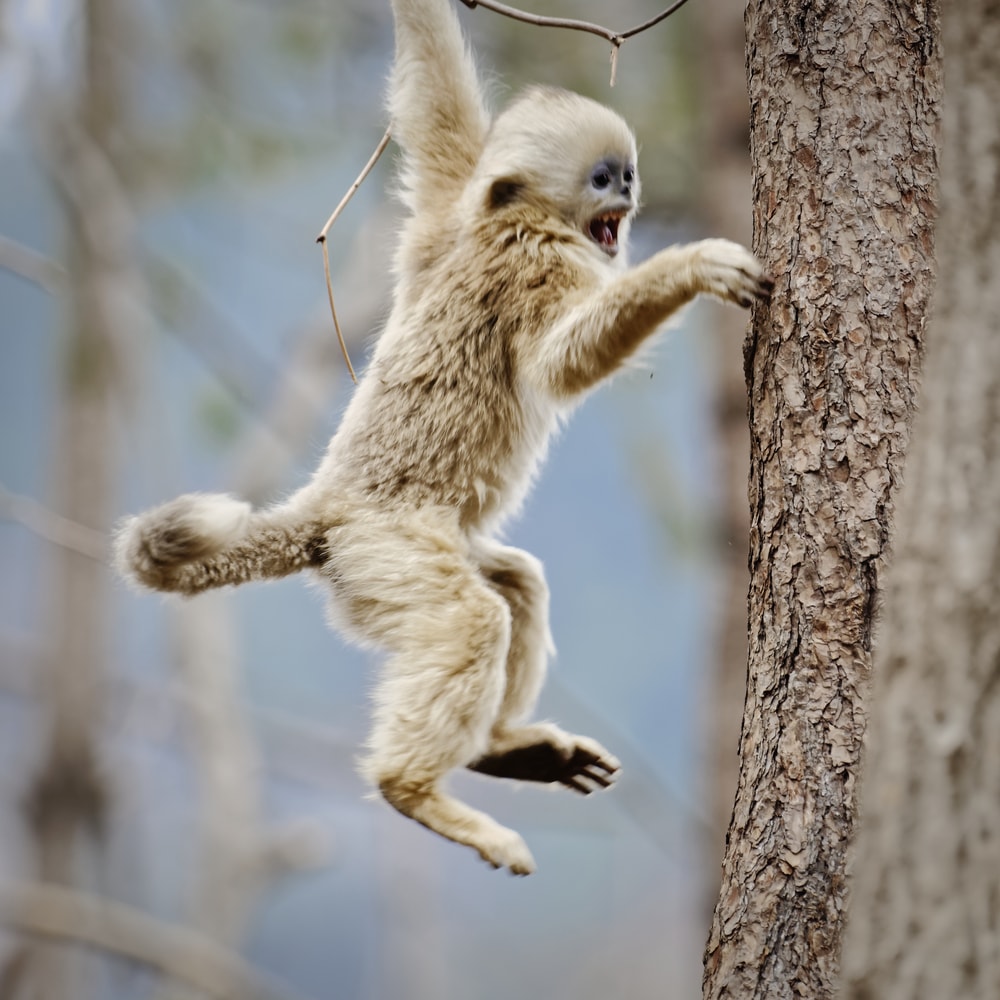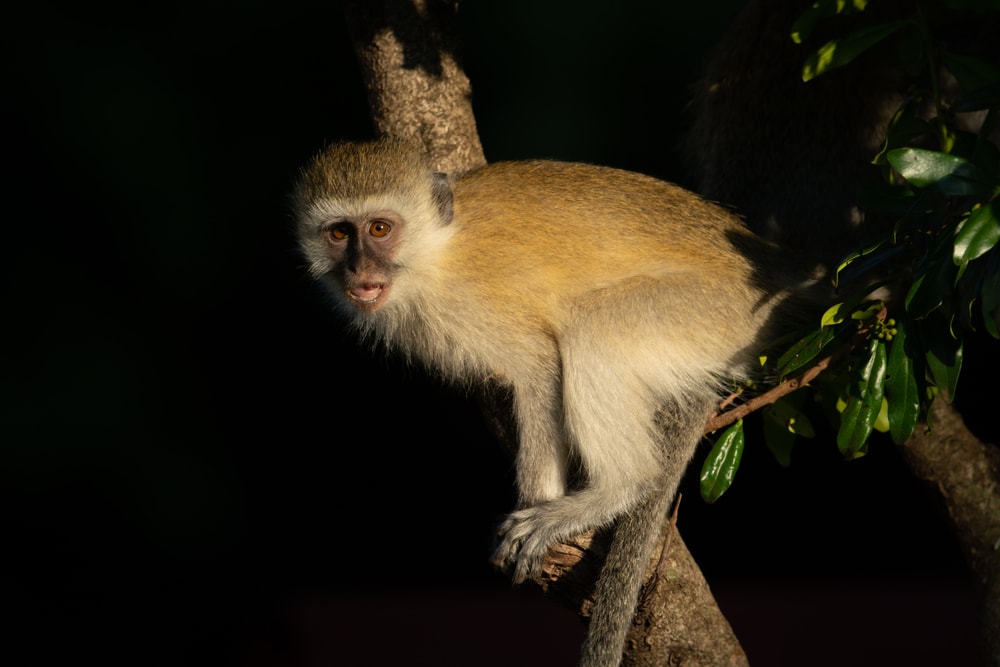Choose a picture you like, and take a good look at it, why do you love her so much?
It could be a loved one, it could be that it evokes an old emotion and memory in you, or it could just be a “good picture”. But what makes a good photo, beyond the correct exposure and beyond the beautiful/interesting subject?
In this article, we will reveal the basic secrets of composition and show you how you can take better photos. Due to lack of space (and your patience to read dozens of pages), in this article, we will touch on a few basic principles of composition only.
The Composition Definition
Composition is actually building the image, we decide what will be inside the image and what will remain outside it. Think of the image as a valuable real estate area that we need to think about how to make the best use of it.
Basics of Composition
Composition Guidelines
Using the rules of composition we will create the image that the eye likes the most and convince it to stay a little longer.
The Subject, the Object, and the Background
We can divide our photos into three groups:
- The Subject – it’s the most important element in the picture and it will be clear to the viewer that this is the subject. I have come across quite a few people’s photos where there was no subject… “A Photo Without a Subject Is Not a Photo”.
- The Object – it’s an element that complements or competes with the main subject. We will try to ensure that the object does not “steal” the attention from the subject and that the object contributes to the viewer’s information about the subject or completes another angle of the subject.
- The Background – it is important to understand, the background is no less important than the subject in the photograph. It’s true that many people don’t notice what’s behind the subject they just photographed, but the background can take an OK photo and make it amazing. The background will complement the subject at best, and not steal the attention at worst.
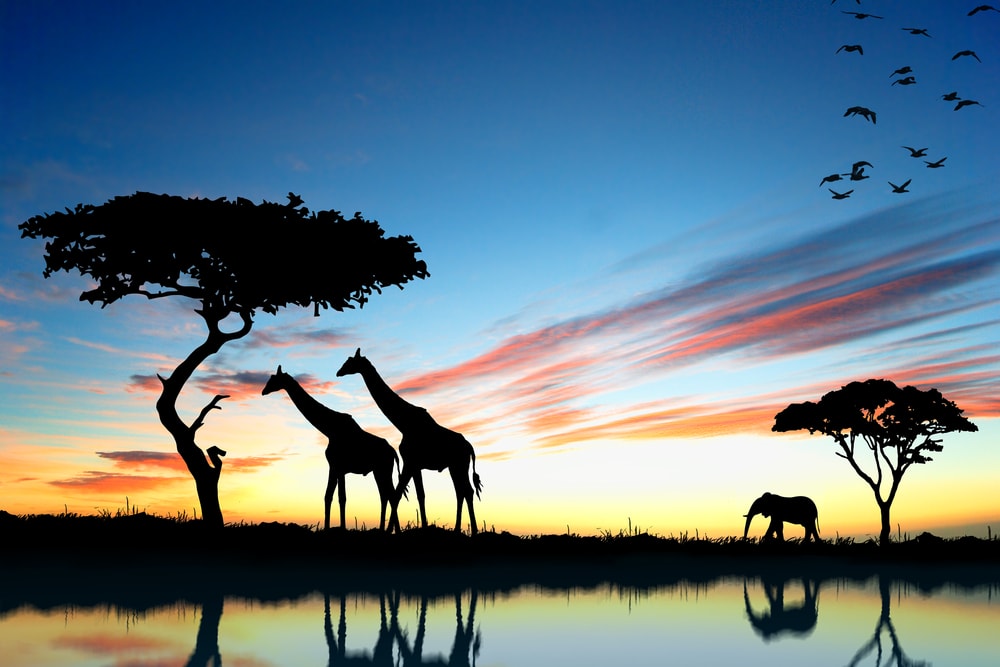
The Rule of Thirds
The rule of thirds states that when the picture is divided by two vertical lines and two horizontal lines in such a way that it creates nine parts (three-thirds vertical and three-thirds horizontal), the subject of the picture, or subjects, should be located on one of the lines or at one of the intersection points. This will create a much more balanced and pleasing composition than placing them in the center of the frame.

How do we decide in which third to place the object?
You will place the object so that he have a place to “look” at. That is, if you are photographing a model looking to the left, you will place her in the right third and vice versa.
What about the horizon? First of all, it is important to keep a straight horizon. Next, you will place the horizon in the upper third or the lower third – depending on which part of the picture is more interesting (the sky or the sea/field/mountains/etc.). The meeting point between the thirds (we have 4 intersection points) will create a stronger position for the placement of the objects.
The Speaker’s Distance
The Speaker’s Distance means that I will place the object so that it has a place to “look” at. That is, if I photographed a model looking to the left, I will place her in the right third and vice versa.
The Rule of Diagonals
The human eye loves diagonals. But not just any diagonals, the eye likes best a diagonal that leads from the lower-left corner to the upper-right corner (look at the illustration). That’s why we will try to create diagonals of this type in a variety of shapes and ways.

Converging Lines
This is a composition that leads the viewer’s eye to the depth of the image. Usually we will place the convergence in the center of the image and create a symmetrical composition that leads to the center.

Leading the eye
Using the knowledge we are learning at this very moment, we will be able to guide the eye in the frame and “dictate” to it what it will see first, where it will move next and where it will eventually stop.
How will we do this?
Through diagonals, lines, people’s hand movements, and other elements that can be incorporated into the image. The place where the eye will eventually settle is called an “anchor”, every good image must have an anchor, otherwise, the eye will wander endlessly without a place to sit.
The anchor, aspirationally, will be the subject of the image. From now on, in every image you look at, notice where your eye travels, from the beginning of the viewing to the end.
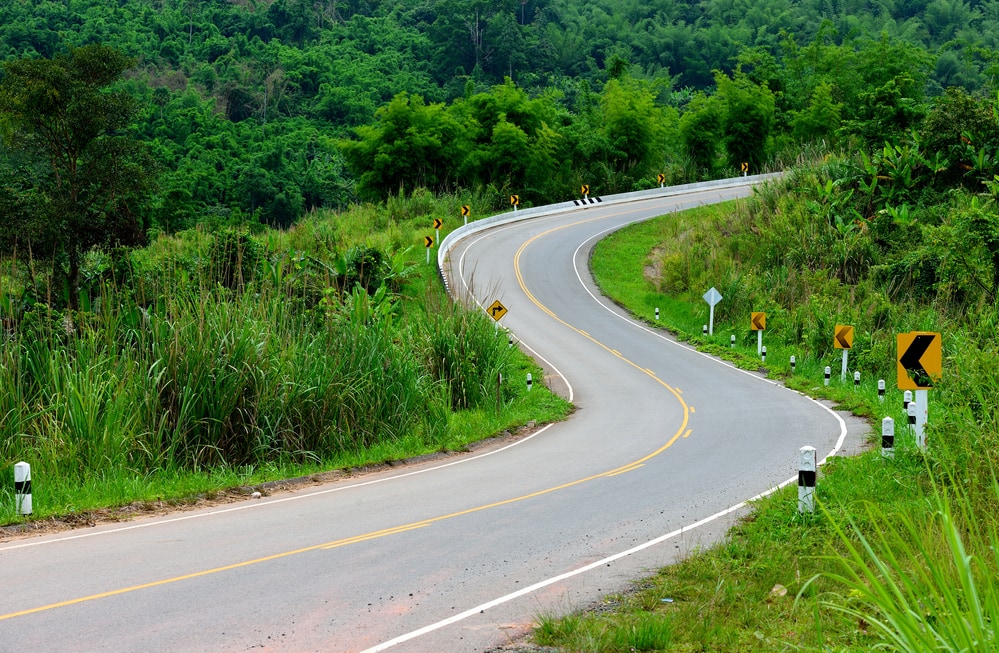
Photographic Angles of Views
It is highly recommended to try new angles, they will present a point of view that people usually do not recognize in everyday life. Try to take pictures from below (yes, literally lie on the floor), take pictures from a window looking down, and try original things.
When photographing living objects (people, children, birds, insects, etc.), we will try to photograph from eye level.
If we photograph from above – we will diminish them, if we photograph from below – we will magnify them.

What does the eye like?
The eye loves three things:
- Sharpness – the whole image will be blurry and you will have one sharp object.
- Brightness – the whole image is dark except for one object that will be bright.
- Colorful Things – the whole image is black and white or monotonous and one object will be brightly colored.
By using these three very important elements, you will manipulate the eye to the issues that are important to you and it will be drawn to them like a magnet. And of course, on the contrary, avoid using one of these elements in the background or subject to avoid a distracting factor from our precious subject.
Additional concepts and advanced techniques
There are many additional layers to the subject of composition, concepts such as the “golden ratio” and various techniques for creative thinking, using lighting to create depth, using different lenses to create perspectives, creating abstracts and breaking them, photographing people (there are 42 different rules) and other topics. But that’s for another time…
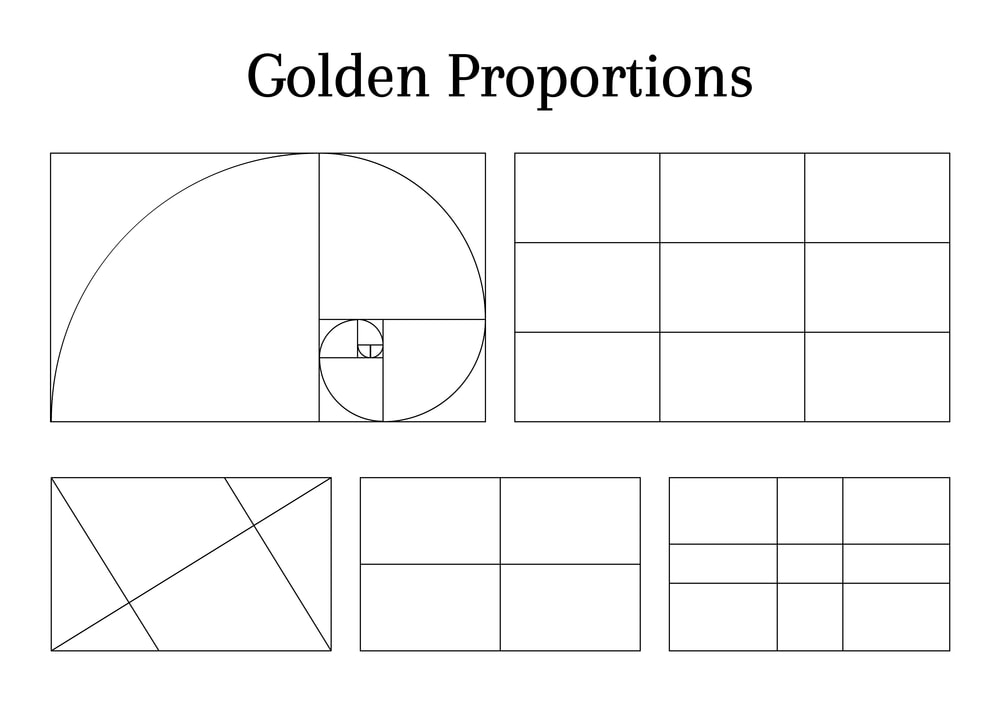
A few examples
Here are several examples, and I invite you to examine the photographs, to see what composition I created in them and under what rules they were taken. Criticism is one of the most important tools in a photographer’s life – thanks to it you will create better photos in the future.
Break The Rules
Great photographers have created great photographs by breaking some of the rules (and even all the rules), sometimes breaking the rules creates the unexpected photograph that the viewer does not know how to eat and therefore attracts them even more.
Sometimes we will place an old woman in contrast to the Speaker’s Distance if we want to make a statement that she is “on the way out” or a marathon runner in contrast to the Speaker’s Distance “because he runs even faster than the frame”. But my suggestion is, before we break the rules, learn them well and then understand when and how to break them.
Tests for a good picture
One of the better tests for a good photo is whether the viewer dwells on it. But, if he continued to the next photo in less than 2 seconds – the photo we took is not very good.
But, if the viewer stays on it, and it brings out of him the “WOW effect”, then we can know that we succeeded.
Of course, a fascinating subject helps a lot here, but the composition takes it to a new place.
Summary
The composition is the image. Through it, it is determined what the viewer will look at first, what later, and where his eyes will stop. A good composition will captivate the viewer and squeeze the “wow” out of him. This is the introduction to composition, of course, there are many more topics to talk about and many topics to apply. Pay attention to the three things that the eye likes (what is bright, what is sharp, and what is colorful), the law of thirds, the law of diagonals and a correct frame structure with interesting conduction, you will develop the sense of criticism in such a way that you can criticize yourself during the photography stage and thus achieve the best picture.
I hope you learned and enjoyed it, composition is one of the subjects I enjoy teaching the most. Apply the rules you’ve just learned, take the best photos you can and show them to friends and family, and search for the “wow” until you find it (and then get it again).

